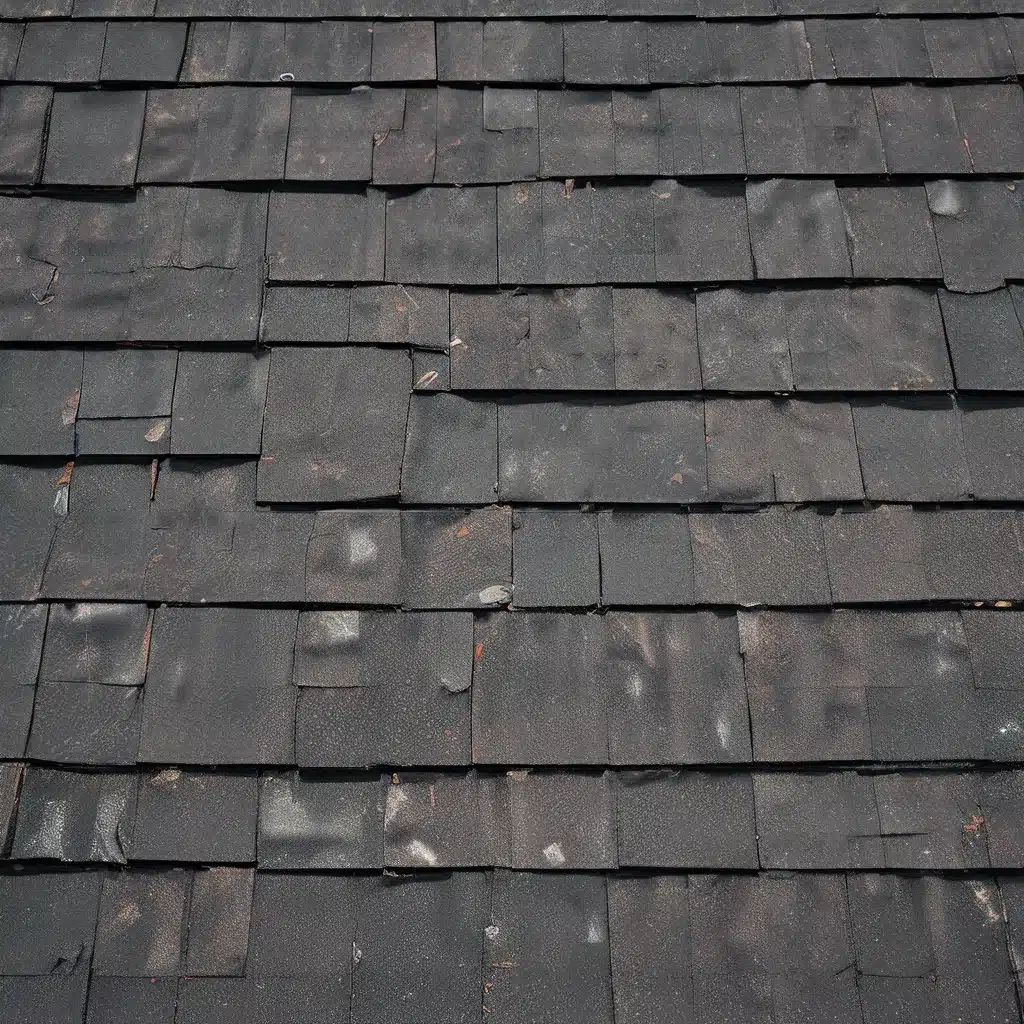
Understanding the Aftermath of Severe Weather
It’s no secret that Mother Nature can be a real force to be reckoned with. When severe storms roll through, they can leave a path of destruction in their wake – and your roof is often the first line of defense that takes a beating. Whether it’s hail, heavy winds, or torrential downpours, storm damage can wreak havoc on your home’s protective barrier, exposing you to a whole host of headaches.
I’ve been in the roofing business for a long time, and I’ve seen my fair share of storm-related disasters. Trust me, the last thing you want is to be caught off guard when the weather turns ugly. That’s why it’s so important to understand the impact of storm damage and know how to respond quickly and effectively.
Assessing the Damage: A Critical First Step
The first thing you need to do after a major storm is to get out there and inspect your roof. I know, it might not be the most appealing task, but it’s absolutely essential if you want to get a handle on the situation. Start by looking for obvious signs of damage, like missing shingles, punctures, or gaping holes. Don’t forget to also check for more subtle issues, like loose or cracked flashing around vents and chimneys.
One thing I always tell my clients is to document everything. Take plenty of photos and videos, and make sure to note the location and extent of each problem area. This documentation is going to be crucial when it comes time to file an insurance claim – trust me, those adjusters can be real sticklers for the details.
Covering Your Assets: Temporary Repairs
Once you’ve got a good handle on the damage, it’s time to take action. The last thing you want is for that storm damage to turn into an even bigger headache, so you need to cover any exposed areas as soon as possible. This is where a good tarp or other temporary roofing material can be a real lifesaver.
The team at Southern Roofing Company can help you get those vulnerable spots sealed up in a jiffy, preventing further water intrusion and potential mold growth. We take this part of the process seriously, because we know that every minute counts when it comes to protecting your home.
Navigating the Insurance Minefield
Once the immediate crisis is averted, it’s time to start thinking about the long-term repairs. And that, my friends, is where the real fun begins – navigating the insurance claim process. As I mentioned, having that detailed documentation is key, but you also need to be prepared for a bit of a battle.
I’ve heard some real horror stories from homeowners who’ve had their claims denied or severely undervalued by their insurance companies. It’s like they’ve got a playbook full of sneaky tactics or something. But don’t worry, I’ve got your back. I’ve heard similar complaints from other roofers about insurers like State Farm being less than cooperative when it comes to storm damage claims.
That’s why it’s so important to work with a reputable roofing contractor who knows the ins and outs of the claims process. We can help you advocate for the coverage you deserve and ensure that your repairs are done right the first time. And trust me, that’s going to save you a whole lot of headache in the long run.
Preventing Future Disasters: Proactive Maintenance
Of course, the best way to deal with storm damage is to try and prevent it in the first place. And that’s where regular roof maintenance comes into play. I know, it’s not the most glamorous task, but it’s absolutely essential if you want to keep your home protected.
Start by clearing out those gutters and trimming back any overhanging branches – those are just begging to cause trouble during a heavy storm. And don’t forget to keep an eye out for any loose or damaged shingles. A little TLC now can go a long way in preventing a major repair job down the line.
Putting It All Together: Your Storm Damage Action Plan
Alright, let’s recap the key steps you need to take when dealing with storm damage to your roof:
- Inspect and Document: Get out there and thoroughly inspect your roof, taking detailed notes and photos of any problem areas.
- Cover the Exposed: Quickly cover any vulnerable spots with tarps or other temporary roofing materials to prevent further damage.
- File the Claim: Work with your insurance company to file a comprehensive claim, using your documentation to make your case.
- Hire the Pros: Enlist the help of a reputable roofing contractor who can handle the repairs and advocate for you with the insurance company.
- Maintain Diligently: Stay on top of regular roof maintenance to minimize the risk of future storm damage.
Remember, when it comes to protecting your home from Mother Nature’s wrath, an ounce of prevention is worth a pound of cure. So don’t wait until the next big storm hits – take action now to keep your roof in tip-top shape.
And if you’re ever in need of some expert assistance, you know where to find us. The team at Southern Roofing Company is always here to lend a helping hand, whether it’s emergency repairs or long-term maintenance. We’ll make sure your roof is ready to weather any storm that comes your way.